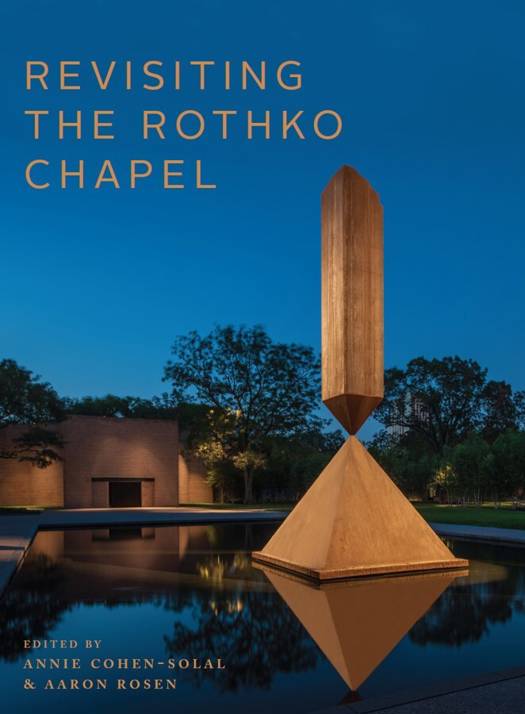
- Afhalen na 1 uur in een winkel met voorraad
- Gratis thuislevering in België vanaf € 30
- Ruim aanbod met 7 miljoen producten
- Afhalen na 1 uur in een winkel met voorraad
- Gratis thuislevering in België vanaf € 30
- Ruim aanbod met 7 miljoen producten
Zoeken
Omschrijving
"The Chapel is a place conducive to spiritual activity. We are cut off from the world and its suffocating multiplicity, able to wander in the infiniteHere we are nowhere and everywhere; here we can find a blessed wholeness, a sense of unity." (Dominique de Menil, 1989) This was the motto animating Dominique and John de Menil's commission of the Rothko Chapel, expressing their desire to create a space for unity in the individual, and unity in humankind. How can the contemporary visitor experience such unity today? Which functions does the Chapel perform as a contemplative or spiritual space for interfaith communion? The Rothko Chapel, a space set "between tragedy and hope" (according to Mark Rothko), has been functioning as a place for worship and reflection since its inauguration, hosting encounters with his Holiness the Dalai Lama, Nelson Mandela, and Rutha Mae Harris, among many other world-renowned human rights activists and religious figures.
Specificaties
Betrokkenen
- Auteur(s):
- Uitgeverij:
Inhoud
- Aantal bladzijden:
- 256
- Taal:
- Engels
Eigenschappen
- Productcode (EAN):
- 9782503594767
- Verschijningsdatum:
- 27/12/2020
- Uitvoering:
- Hardcover
- Formaat:
- Genaaid
- Gewicht:
- 1102 g

Alleen bij Standaard Boekhandel
+ 212 punten op je klantenkaart van Standaard Boekhandel
Beoordelingen
We publiceren alleen reviews die voldoen aan de voorwaarden voor reviews. Bekijk onze voorwaarden voor reviews.








